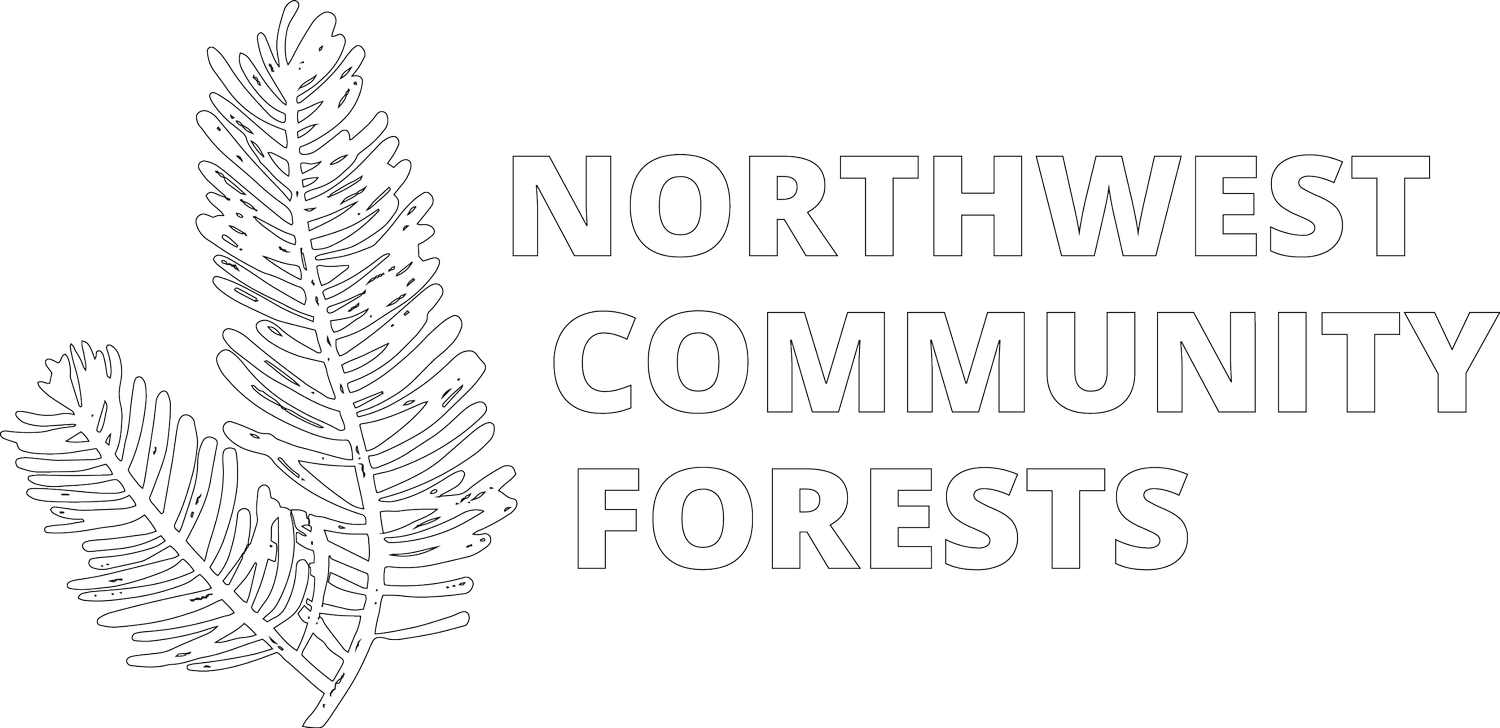Learn and Burn
In May, Mount Adams Resource Stewards (MARS) welcomed several local landowners, community members and regional conservation partners to attend a Learn and Burn Workshop, taking place over three days.
The goal of the Learn and Burn was to teach about the benefits of prescribed fire in fire-adapted forest ecosystems, help landowners learn the best approaches to safely introduce prescribed fire onto a landscape, while helping differentiate prescribed fire from wildfire to the attendees.
This event was widely successful, with over 30 attendees joining each day. The attendees included students from the nearby Trout Lake high school, residents looking to better manage their smaller properties, to larger land managers in the region looking to incorporate prescribed fire into their organizations’ forest management strategies. The Learn & Burn also served to kick off the South Mt. Adams Prescribed Burn Association (PBA, a coalition of private land managers, coordinated by MARS, that share resources, knowledge, and equipment to expand the use of prescribed fire on private land in western Klickitat County. During the workshop’s events, attendees were introduced to the concept of prescribed fire and its regional history, opportunities to get state and federal funding to implement prescribed fire locally, and conversations around the liability that come with leading and implementing fires.
Prior to an official prescribed fire, the workshop introduced attendees to techniques and equipment needed to implement burn effectively. Preparatory sessions using hay bales to introduce firing techniques and fire behavior; demonstrating the different tools, such as shovels, rakes, and flappers, and their specific uses when involved a burn; and touring a Washington DNR engine. These hands-on opportunities allowed the attendees to practice burn techniques and management on a small scale prior to the following day’s burn.
On Saturday, May 20, favorable weather conditions presented themselves to the group and allowed for an opportunity for a larger prescribed fire to take place. With morning temperatures starting in the low 70’s, relative humidity levels of over 30%, and a very minimal Northeast breeze, Lucas King, MARS Stewardship Crew Project Lead and the day’s Certified Burn Manager was comfortable with burning a 25-acres unit. The burn took place within the Pine Flats Tract of the Mount Adams Community Forest. With a full team of the newly trained burn crew members, as well as oversight from WA DNR’s Certified Burner Program Manager, Kyle Lapham, and the MARS Stewardship Crew, the team came together and successfully burned the full unit. Previously burned in 2016, this unit provided a great example of what healthy Ponderosa Pine Forest looks like, with diverse undergrowth, healthy large trees, and a moderate amount of fallen trees and additional dry fuels. After 2 hours of burning, and 2 hours of mop up, the burn was deemed successful, finishing an incredibly productive three days of learning and burning, led by MARS, Washington DNR, and Sustainable Northwest, with support and leadership from the Nature Conservancy, and Washington RC&D
Watch the video below to see what a low intensity, prescribe fire looks like in action!
Mt. Adams Community Forest is a great example of the use of a community forest to increase the understanding and benefits of prescribed fire within the community.
Having led prescribed fires within Mt. Adams Community Forest tracts for upwards of 8 years, MARS has seen significant increase in local support of the fire management practices being used. Events such as this Learn and Burn or October’s Prescribed Fire Training Exchanges, are successfully able to use the community forest as a hands-on educational tool. Opportunities like these, based in privately owned community forests are increasing the number of people comfortable engaging in, and leading prescribed fire events.
Creating forest habitat that is fire tolerant is especially important as the Northwest faces increasing pressure from a changing climate. Well positioned prescribed fire is effective at both returning forests to their fire adapted ecosystems and preventing larger catastrophic wildfires. By using a community forest as a classroom, more people are able to see what high quality prescribed fire implementation looks like.

